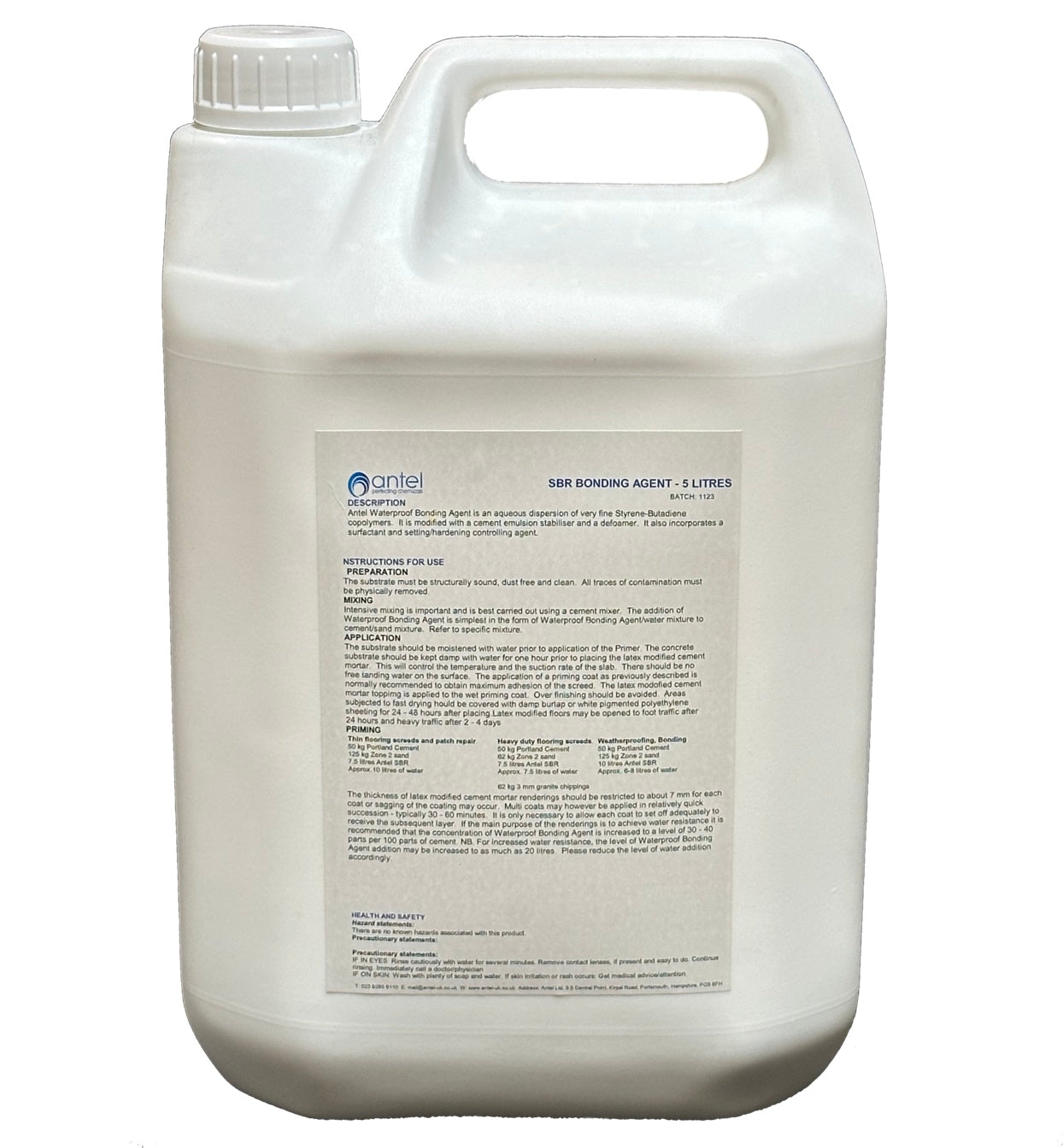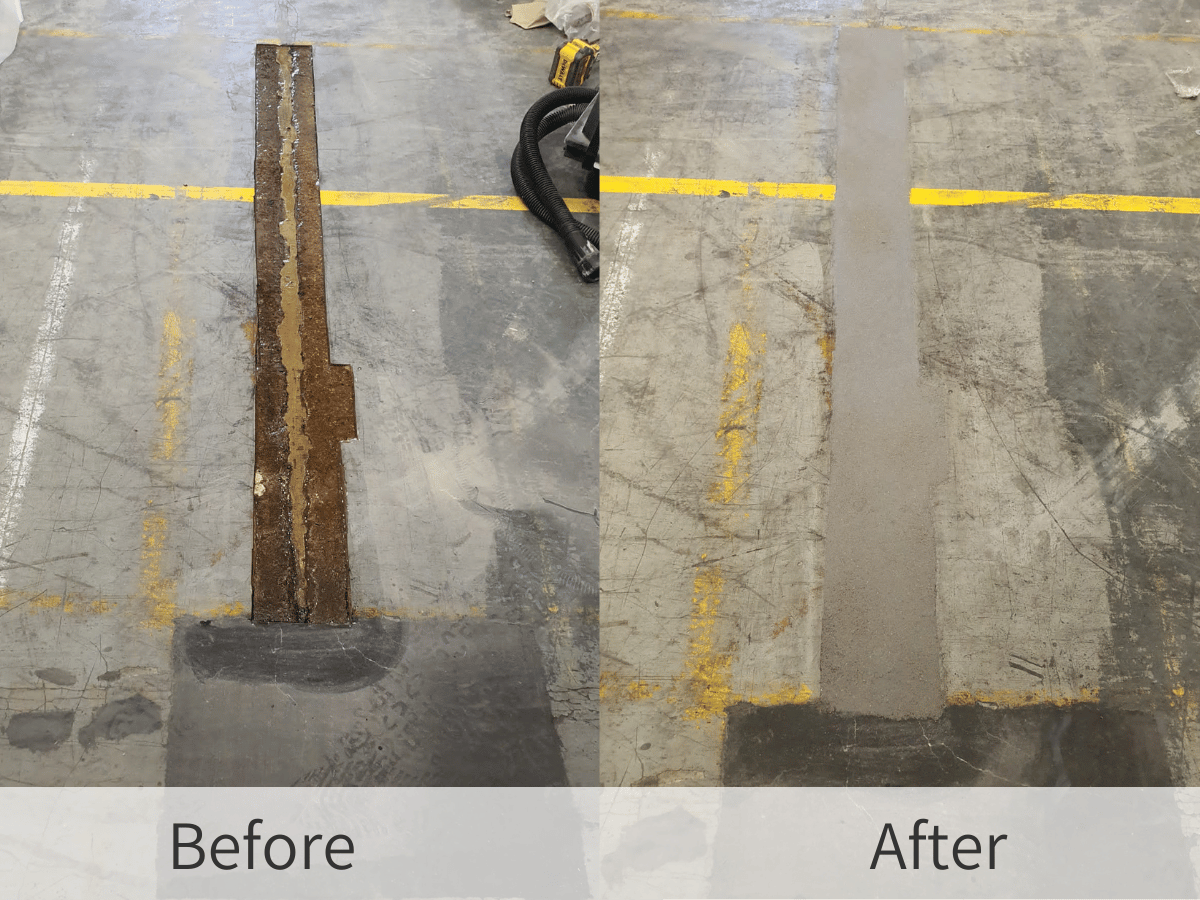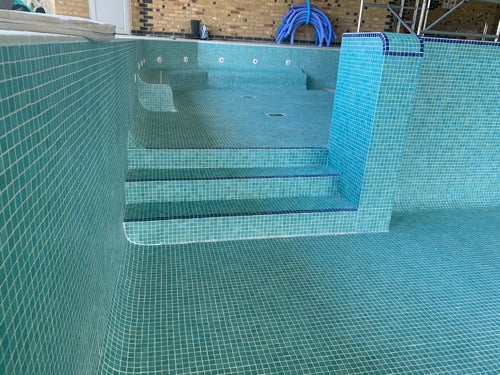SBR Waterproof Bonding Agent Technical Data Sheet
1. DESCRIPTION
Antel Waterproof Bonding Agent is an aqueous dispersion of very fine Styrene-Butadiene copolymers. It is modified with a cement emulsion stabiliser and a defoamer. It also incorporates a surfactant and setting/hardening controlling agent.
2. USES
In cementitious mixes it improves:-
Strength
Work ability
Chemical resistance
Crack resistance
Abrasion resistance
Flexibility
3. PROPERTIES
Type of polymer - Styrene Butadiene
Emulsion Stabiliser - Non-Ionic
Solids Content - 50%
Specific Gravity - 1.01
Ph Value - 10.5
Particle Size - 2200 A units
Frost Resistance - 5 cycles (-15°C to 25°C)
Shelf life - 1 year
4. COVERAGE
6.5 to 13 litres per 50 Kgs cement
5. PACKAGING
2.5 ltrs, 5 ltrs and 25 ltrs sizes.
Non returnable containers.
6. HEALTH & SAFETY
This material is non hazardous in normal use. Avoid contact with skin and eyes. Wash splashes immediately with copious amounts of water. If irritation persists seek medical advice. Keep out of reach of children. Please consult Health & safety
sheet for complete details.
7. INSTRUCTIONS FOR USE.
7 a. SELECTION OF MATERIALS
Care must be taken in the quality of materials. Use only FRESH cement. Aggregates should conform to the relevant British Standard.
7 b. PREPARATION
The substrate must be structurally sound, dust free and clean. All traces of contamination must be physically removed.
7 c. MIXING
Intensive mixing is important and is best carried out using a cement mixer. The addition of Waterproof Bonding Agent is simplest in the form of Waterproof Bonding Agent/water mixture to cement/sand mixture. Refer to specific mixture.
7 d. APPLICATION
The sound and clean substrate should be moistened with water prior to application of the Primer.
7 e. PRIMING
Priming for areas subjected to high stress environments or on smooth surfaces, must be worked into the substrate vigorously by using a broom or brush. The subsequent mortar layer must be applied whilst the primer is still wet. (Wet on wet).
8. RECOMMENDED COMPOSITIONS
8 a. Thin flooring screeds and patch repair.
50 kg Portland Cement
125 kg Zone 2 sand
7.5 litres Antel Waterproof Bonding Agent
Approximately 10 litres of water, but as Antel Waterproof Bonding Agent has a considerable plasticising action do not add full quantity of water until mixing of ingredients is complete.
8 b. Heavy duty flooring screeds.
50 kg Portland Cement
62 kg Zone 2 sand
62 kg 3 mm granite chippings
7.5 litres Antel Waterproof Bonding Agent
Approximately 10 litres of water, but as Antel Waterproof Bonding Agent has a considerable plasticising action do not add full quantity of water until mixing of ingredients is complete.
8c. Weatherproofing, Bonding, Brick slips, Copings and Tiles.
Surfaces should be clean, sound and free of grease, oil or loose material which would be detrimental to a good bond. Crumbly or otherwise unsound patches should be removed and the surface made good. All surfaces should be washed free of dust and thoroughly damped before the application of the recommended primer coat.
Primer should be applied to the substrate surface and to the bonding surface of the brick slip, tile etc. Whilst the primer coats are still wet, bed the unit into a latex modified cement mortar. Vertical applications will require support for a minimum of 24 hours.
Recommended formulations:
50 kg Portland Cement
125 kg Zone 2 sand
10 litres Antel Waterproof Bonding Agent
Approximately 6-8 litres of water. Since Antel Waterproof Bonding Agent has a considerable plasticising action do not add full quantity of water until mixing of ingredients is complete.
The thickness of latex modified cement mortar renderings should be restricted to about 7 mm for each coat or sagging of the coating may occur. Multi coats may however be applied in relatively quick succession - typically 30 - 60 minutes. It is only necessary to allow each coat to set off adequately to receive the subsequent layer. If the main purpose of the renderings is to achieve water resistance it is recommended that the concentration of Waterproof Bonding Agent is increased to a level of 30 - 40 parts per 100 parts of cement.
NB For increased water resistance, the level of Waterproof Bonding Agent addition may be increased to as much as 20 litres. Please reduce the level of water addition accordingly.
Recommended formulations for general purpose wall rendering.
50 kg Portland Cement
150 kg Zone 2 sand
8.5 litres Antel Waterproof Bonding Agent
Approximately 10 litres of water, but as Antel Waterproof Bonding Agent has a considerable plasticising action do not add full quantity of water until mixing of ingredients is complete.
9. MIXING
Mixing is normally carried out in a concrete mixer but can be done by hand. Premix the sand and cement in the mixer. Pour in just less than the calculated amount of water followed by the Antel Waterproof Bonding Agent. Allowance must be made for the water content of the Waterproof Bonding Agent which is 55.5%. Mix for 2 - 3 minutes and finally add the remaining water little by little until the required consistency is achieved. Over addition of water causes rapid thinning of the latex modified cement mortars owing to the efficient plasticising effect of the latex. Because of this plasticising effect, total water content for latex modified cement mortars will
be less than for unmodified systems for a given degree of Work ability. Over mixing the Latex Modified cement mortar may cause degradation of the defoamimg system with a consequent increase in air entrainment.
10. PRIMING COATS
The application of a priming coat is normally recommended to obtain maximum adhesion to the substrate. The prepared surface should be thoroughly damped with water but any free standing water should be removed. A primer consisting of 2 parts Portland cement slurried with 1 part Antel Waterproof Bonding Agent by volume should be vigorously worked into the surface with a brush or stiff broom. The topping must be applied to the final primer coat whilst the latter is still in a wet condition.
Latex/Water¹ Cement/Sand
Screeds/Pavings Patching Mortar 1:1 to 1:3 1:2 to 1:3
Levelling Mortar/Smooth Coats Joint mortar (rigid) 1:1 to 1:2 1:1 to 1:3
Bonding Mortar/
Priming Coats 1:1 1:1 to 1:2
Adhesive Mortar for wall & floor tiles 1:2 to 1:3 1:2 to 1:3
Adhesive mortar for insulating boards or sheets 1:2 to 1:3 1:2
Plaster/Renderings 1:2 to 1:4 1:3 to 1:4
1 layer plasters on polystyrene boards 1:1 to 1:2 1:2
Cement slurry impregnations of bituminous pavings 1:2 to 1:3 1:1
11. GENERAL PURPOSE AND WATERPROOF WALL RENDERINGS
The wall surface must be free from all loose and crumbly material. Ensure that all concrete, brick or similar surfaces are in a sound and clean condition. It is usually sufficient that the surfaces are prepared using a wire brush to remove old paint and dusty patches. Holes and damaged areas must be made good with latex modified mortar and allowed to dry. The surface should then be washed or hosed to remove dust. It is recommended that a priming coat is applied as previously described.
12. THIN FLOORING SCREEDS, PATCHING FLOORS, HEAVY DUTY FLOORING SCREEDS.
In addition to removing all loose and crumbly material from existing substrate it is essential that all contaminations such as oil or grease be thoroughly eradicated. It may be necessary to remove up to 5 cms of substrate if the concrete has been saturated in oil.
Substrate saturated with sugar or other fermentation products should not be resurfaced until the contaminated area has been removed.
For new floors to which a levelling screed needs to be laid it may still be desirable to remove the upper surface layer to ensure that weak surface laitance is not present. This may be achieved by light mechanical scrabbling or etching with a dilute hydrochloric acid. All traces of acid must be removed by thoroughly washing the surface.
Under no circumstances should existing cracks be covered over or bridged with Latex Modified Cement Mortars. Cracks must be dug out to a minimum depth of 5 cms and filled with a latex modified patch repair mortar during the resurfacing operation.
Existing expansion joints should be extended through the latex mortar overlayment.
Quantity of latex is determined by the strain and the thickness of the layer (high strain and thin layers = higher latex dosage).
For a w/c ration of 0.46 (=medium processing consistency) the following polymer contents (dry) with respect to the cement are found:
1:1 approx. 13%
1:2 approx. 8%
1:3 approx. 6%
1:4 approx 5%
13. PLACEMENT
The concrete substrate should be kept damp with water for one hour prior to placing the latex modified cement mortar. This will control the temperature and the suction rate of the slab. There should be no free standing water on the surface. The application of a priming coat as previously described is normally recommended to obtain maximum adhesion of the screed. The latex modofied cement mortar toppimg is applied to the wet priming coat. Over finishing should be avoided. Areas subjected to fast drying should be covered with damp burlap or white pigmented polyethylene sheeting for 24 - 48 hours after placing.
Latex modified floors may be opened to foot traffic after 24 hours and heavy traffic after 2 - 4 days.
Adhesive Mortar for
wall & floor tiles 1:2 to 1:3 1:2 to 1:3
Adhesive mortar for
insulating boards or
sheets 1:2 to 1:3 1:2
Plaster/Renderings
1 layer plasters on 1:2 to 1:4 1:3 to 1:4
polystyrene boards 1:1 to 1:2 1:2
Cement slurry
impregnations of
bituminous pavings 1:2 to 1:3 1:1
TYPICAL PROPERTY IMPROVEMENTS USING ANTEL WATERPROOF BONDING AGENT
IMPROVEMENTS SHOWN IN BRACKETS.





